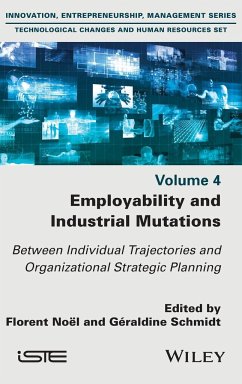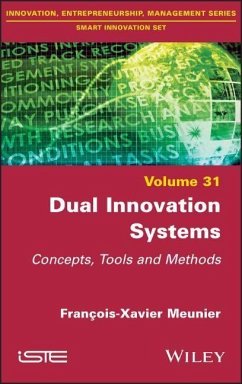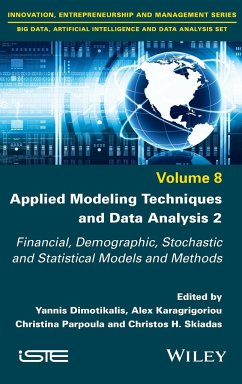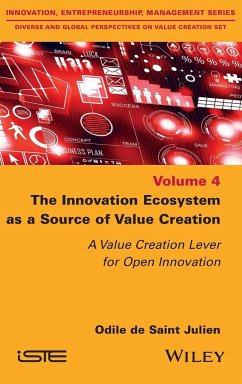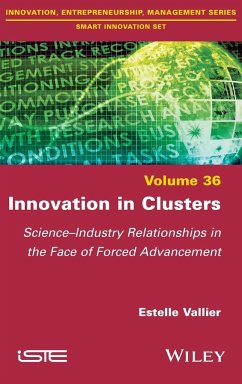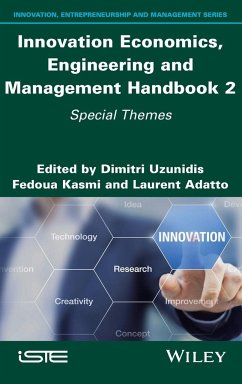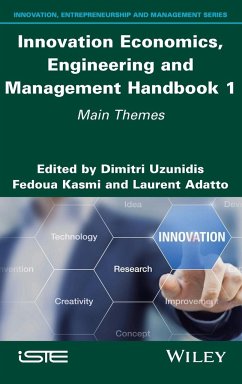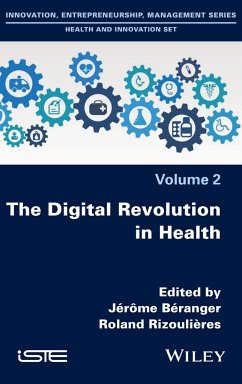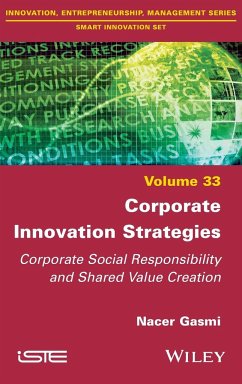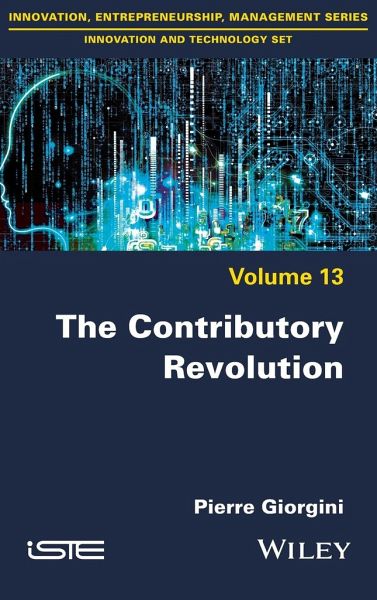
The Contributory Revolution
Versandkostenfrei!
Versandfertig in über 4 Wochen
159,99 €
inkl. MwSt.
Weitere Ausgaben:

PAYBACK Punkte
80 °P sammeln!
This book sheds light on a crucial debate on the possible role of the technosciences in meeting the challenges of the future. It shows that the current contributory revolution is global and profound, and that it concerns the whole epistemological field - from the sciences to social organizations. By delving into the epistemological dimension of the lightning transition we are currently experiencing, The Contributory Revolution identifies the levers of the salutary acceleration of collective learning, now essential, but not before the debate on a possible future has been settled via the headlon...
This book sheds light on a crucial debate on the possible role of the technosciences in meeting the challenges of the future. It shows that the current contributory revolution is global and profound, and that it concerns the whole epistemological field - from the sciences to social organizations. By delving into the epistemological dimension of the lightning transition we are currently experiencing, The Contributory Revolution identifies the levers of the salutary acceleration of collective learning, now essential, but not before the debate on a possible future has been settled via the headlong rush of the technoscientist.
However, after this call to move from exo-distributive technoscience, carried by deterministic and Newtonian models, to more biological and endocontributory models - or even from the arrogance of mastery to the humility of influence and alliance - it will be necessary to set its limits to avoid entering into an eco-philosophical radicalism. Only extremehumility, carried by strong spirituality, can protect us from it.
However, after this call to move from exo-distributive technoscience, carried by deterministic and Newtonian models, to more biological and endocontributory models - or even from the arrogance of mastery to the humility of influence and alliance - it will be necessary to set its limits to avoid entering into an eco-philosophical radicalism. Only extremehumility, carried by strong spirituality, can protect us from it.





